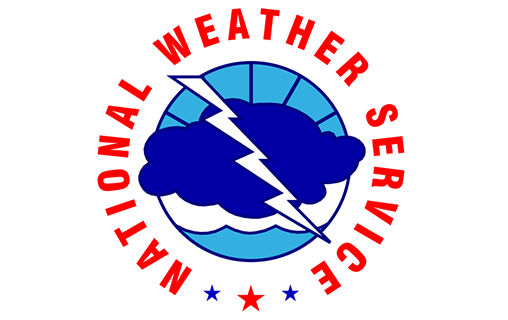BY
The Climate Prediction Center of the National Weather Service is issuing a La Nina Watch for later this year.
Cooler than normal Pacific Ocean surface temperatures lead to the formation of a La Nina, which can cause cooler, wetter conditions in Iowa and across much of North America.
Meteorologist Doug Kluck, with the National Weather Service in Kansas City, says we just had a La Nina pattern fade away several months ago.
“Two La Ninas in a row or two winters with La Nina activity or signs in the equator aren’t that unusual,” Kluck says. “Actually, it does tend to happen fairly often that you have back-to-back years of La Nina.”
Historically, La Ninas have caused below-normal temperatures across much of the Northern Plains states. An El Nino can bring weather extremes, including severe drought or severe flooding.
Kluck says the last La Nina, which evaporated this past spring, didn’t have the normal impacts.
“A lot of people attribute a lot of things to that and I’m not sure we can in North America,” Kluck says. “We saw last year wasn’t a typical La Nina year in terms of when it was supposed to get cold.
The Northern Plains, for example, were supposed to be perhaps cooler and wetter than normal. That wasn’t the case.” Kluck says the issuing of the watch means it’s anticipated there will be a formation of a La Nina by late fall and into winter.
(By Jerry Oster, WNAX, Yankton)




